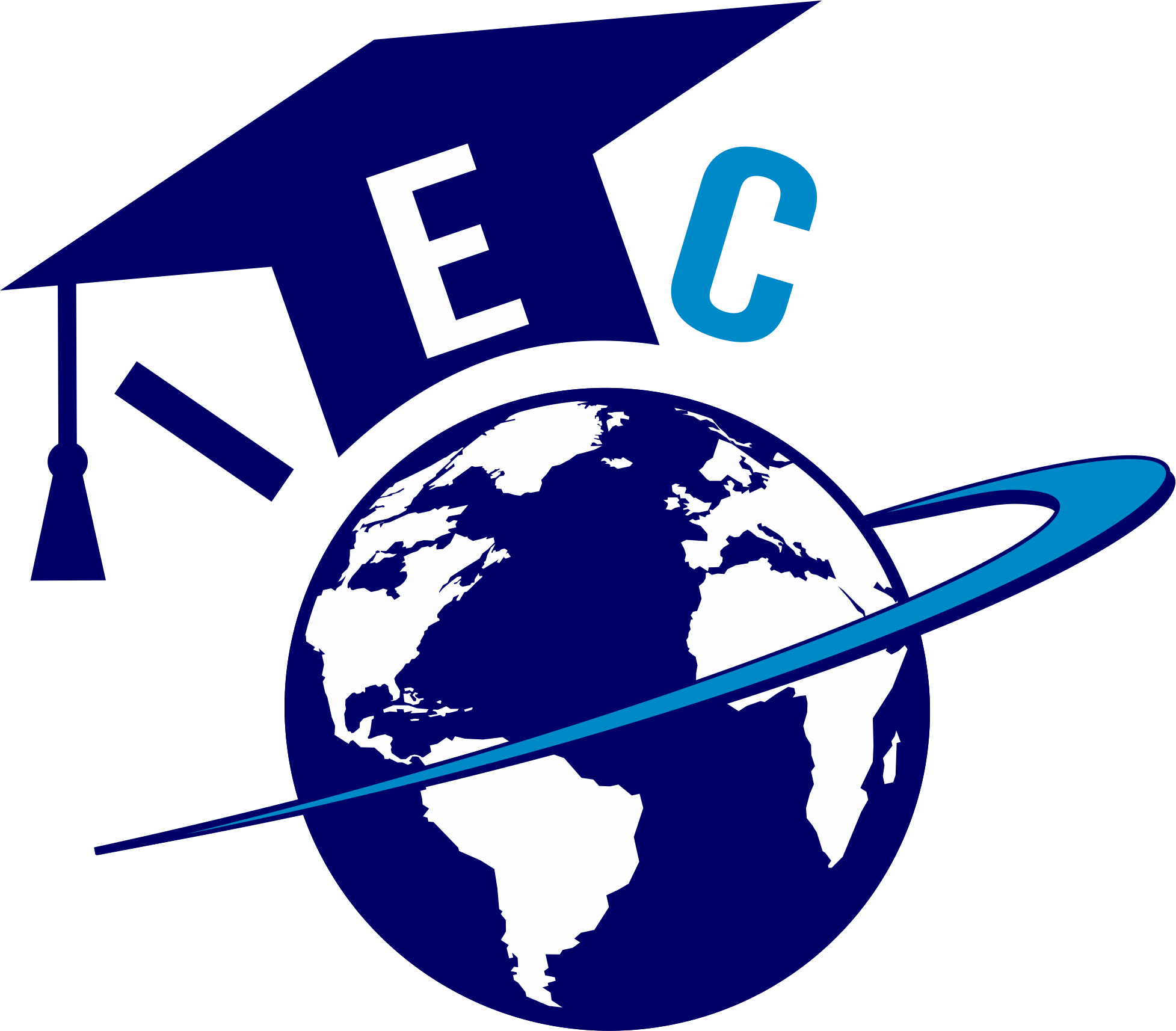LMIA for Engineers in Canada

LMIA for Engineers
The Labour Market Impact Assessment (LMIA) is a crucial step in the process of obtaining a work visa for engineers in Canada. Engineers, being professionals with specialized skills and knowledge, often seek employment opportunities in Canada, a country known for its diverse and growing economy. In this comprehensive guide, we will delve into the LMIA process for engineers seeking to work in Canada, covering key aspects such as the LMIA definition, the LMIA application process, its significance for engineers, and tips for a successful application.
1. Understanding LMIA LMIA for Engineers in Canada:
It is a crucial step for Canadian employers looking to hire foreign workers, as it ensures that the employment of a foreign worker will not negatively affect the job opportunities for Canadian citizens and permanent residents.
2. LMIA for Engineers in Canada:
For engineers seeking employment in Canada, the LMIA process is particularly relevant. Engineering professionals are often in demand in various sectors, including construction, technology, and manufacturing. Employers in Canada may choose to hire foreign engineers if they cannot find suitable candidates locally. However, they must go through the LMIA process to demonstrate that hiring a foreign engineer will not negatively impact the Canadian labor market.
3. Importance of LMIA for Engineers:
LMIA is a critical step for engineers because it is required for most work permit applications. Without a positive LMIA, it is challenging for foreign workers, including engineers, to secure a work permit in Canada. The assessment ensures that the hiring of a foreign engineer aligns with the priorities and needs of the Canadian labor market.

4. LMIA Application Process for Engineers:
The LMIA application process involves several steps, and employers play a key role in initiating and completing the process:
a. Job Offer: The first step is for the employer to extend a job offer to the foreign engineer. This offer must include details such as the job title, responsibilities, salary, and other relevant terms of employment.
b. Application Submission: The employer submits the LMIA application to Service Canada. This application includes information about the job, the employer, and the efforts made to hire a Canadian citizen or permanent resident for the position.
c. Advertising and Recruitment: As part of the LMIA process, employers are typically required to advertise the job locally and make efforts to recruit Canadian citizens or permanent residents. This demonstrates that hiring a foreign engineer is a last resort when suitable local candidates cannot be found.
d. Impact on the Labor Market: ESDC/Service Canada assesses the potential impact of hiring a foreign engineer on the Canadian labor market. They consider factors such as the demand for the specific skills, the employer's efforts to hire locally, and the potential benefits of hiring a foreign worker.
e. LMIA Decision: After the assessment, ESDC/Service Canada issues a decision on the LMIA application. If the application is approved, it means that hiring a foreign engineer is justified based on the criteria set by the Canadian government.
5. LMIA Exemptions for Engineers in Canada:
While the LMIA process is a standard requirement for most work permit applications, there are certain exemptions that may apply to engineers. These exemptions are designed to streamline the process for specific categories of workers. Some potential exemptions for engineers may include:
a. International Mobility Programs: Engineers may be eligible for work permits under International Mobility Programs, which are exempt from the LMIA requirement. This includes situations such as intra-company transfers, reciprocal employment agreements, and other programs aimed at facilitating the movement of skilled workers.
b. Free Trade Agreements: Engineers from countries with free trade agreements with Canada, such as the United States-Mexico-Canada Agreement (USMCA), may benefit from streamlined processes that reduce the need for an LMIA.
c. Provincial Nominee Programs (PNPs): Some provinces in Canada have their own immigration programs, and engineers nominated through these programs may be exempt from the LMIA requirement.
It is crucial for engineers and their prospective employers to explore potential exemptions based on the specific circumstances of the job offer and the engineer's qualifications.

6. Tips for a Successful LMIA Application for Engineers in Canada:
a. Thorough Documentation: Ensure that all required documents are submitted with the application. This includes a detailed job offer, proof of recruitment efforts, and any supporting documents that demonstrate the engineer's qualifications.
b. Accurate Job Description: Provide a clear and accurate job description, outlining the specific duties, responsibilities, and qualifications required for the engineering position.
c. Competitive Salary Offer: A competitive salary offer is essential to demonstrate that the employer is committed to attracting top talent and is not undermining the local labor market.
d. Compliance with Advertising Requirements: Follow the advertising and recruitment requirements diligently. Provide evidence of advertising in appropriate channels and efforts made to hire locally.
e. Understanding LMIA Streams for Engineers: Be aware of the different LMIA streams and choose the one that best aligns with the specific situation. For example, the Global Talent Stream is designed to expedite the process for certain high-demand occupations, including those in the technology and engineering fields.
f. Engage Professional Assistance: Employers and engineers can benefit from seeking professional assistance, such as immigration consultants or legal experts, to navigate the complex LMIA process and ensure compliance with regulations.
7. Conclusion:
In conclusion, the LMIA process for engineers seeking to work in Canada is a crucial step that involves a thorough assessment of the impact on the Canadian labor market. Engineers, with their specialized skills, contribute significantly to the growth and development of various sectors in Canada. By understanding the LMIA process, exploring potential exemptions, and following best practices for a successful application, engineers can enhance their chances of obtaining a work permit and pursuing rewarding opportunities in the Canadian workforce. It is essential for both engineers and employers to stay informed about the latest immigration policies and regulations to navigate the process effectively and contribute to the continued success of Canada's diverse and dynamic workforce.
In case, if you need quality and professional help with LMIA Application for Engineers and further work permit and immigration to Canada, please fill in application below or contact us directly.

